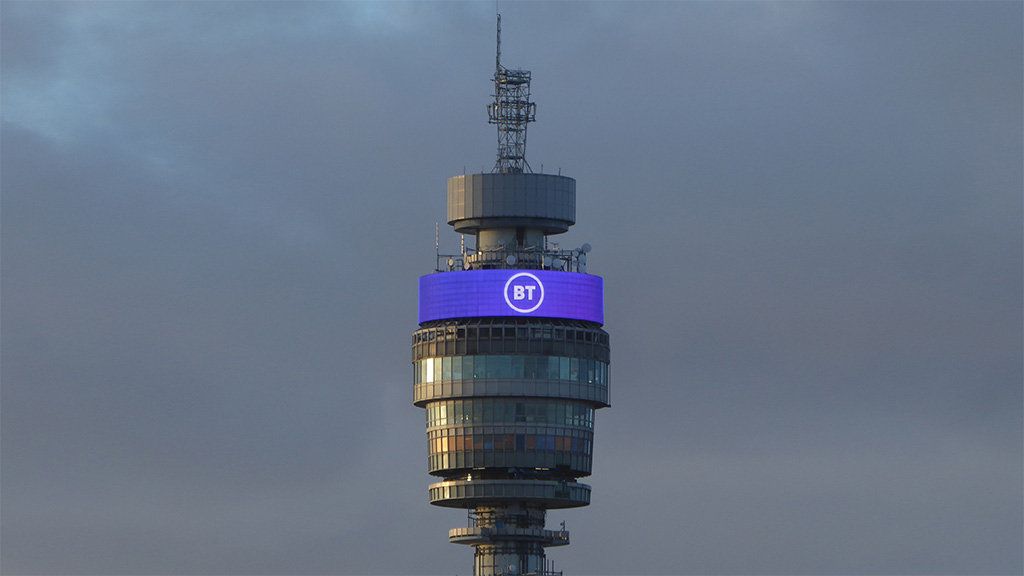The BT Tower, which is an iconic listed landmark in London, is to be sold off to create a hotel. Originally opened in 1965 as a hub for communications networks, the GPO Tower was the tallest structure in London at the time. Although its primary purpose for distributing microwave signals has been made redundant by fibre optic networks, the BT Tower has long been the centre of television circuit switching for the United Kingdom.
The 177-metre tower had a revolving restaurant at the top with panoramic views of the capital. It was closed for security reasons in 1971 following a bomb explosion. Since the privatisation of British Telecom in 1984, the top of the tower has been used for hosting corporate and charity events, including occasional broadcasts.

The tower was commissioned by what was then the General Post Office to support its microwave network. Due to its importance to national communications infrastructure, information about the tower was designated an official secret. It is often said that it was not shown on official maps, although it did appear on maps published from 1971 and in the London A-Z street guide from 1984. In 2003 it was given Grade II listed building status.
The microwave antennae at the top of the tower that were once used to carry telecommunications traffic from London to the rest of the country were removed at the end of 2011. That traffic is now mainly carried by fibre networks.

Proximity to the BT Tower has been a key selling point for broadcast and post-production facilities, many of which have been based nearby in the Fitzrovia district of London.
The BT Tower has long been an important site for the BT Media & Broadcast business, as one of the key global interchange points for live television. The TV Network Switching Centre based at the site. As part of its long-term strategy, the Media & Broadcast division has already been migrating services onto its cloud-based platform, which will allow a more straightforward move to more modern and efficient premises.
BT Media & Broadcast uses an image of the BT Tower on its web site to promote its media exchange services, boasting that more than 140 of the top broadcasters in the world are connected to the BT Tower switch, allowing them to share content across the globe. It says its dedicated switching facilities from the BT Tower handle an average over 8,000 switch bookings per month.
Ironically, the property is being sold to MCR Hotels. MCR is coincidentally the broadcast industry abbreviation for Master Control Room, the operational centre of broadcast facilities that deals with the routing of signals from sources such as the BT Tower.
MCR Hotels owns around 150 hotels around the world. It will pay BT Group £275 million for the BT Tower in stages as BT Group equipment is progressively removed from the building, with final payment on completion of the purchase.
Brent Mathews, the property director of BT, said the BT Tower sits at the heart of London. “It’s played a vital role in carrying the nation’s calls, messages, and TV signals, but increasingly we’re delivering content and communication via other means. This deal with MCR will enable BT Tower to take on a new purpose, preserving this iconic building for decades to come.”
Tyler Morse, the chief executive of MCR Hotels, said: “We are proud to preserve this beloved building and will work to develop proposals to tell its story as an iconic hotel, opening its doors for generations to enjoy.”
BT has been reducing the number of premises across its property portfolio. In 2019, it sold its former corporate headquarters for £210 million and moved to a new headquarters in 2021.
